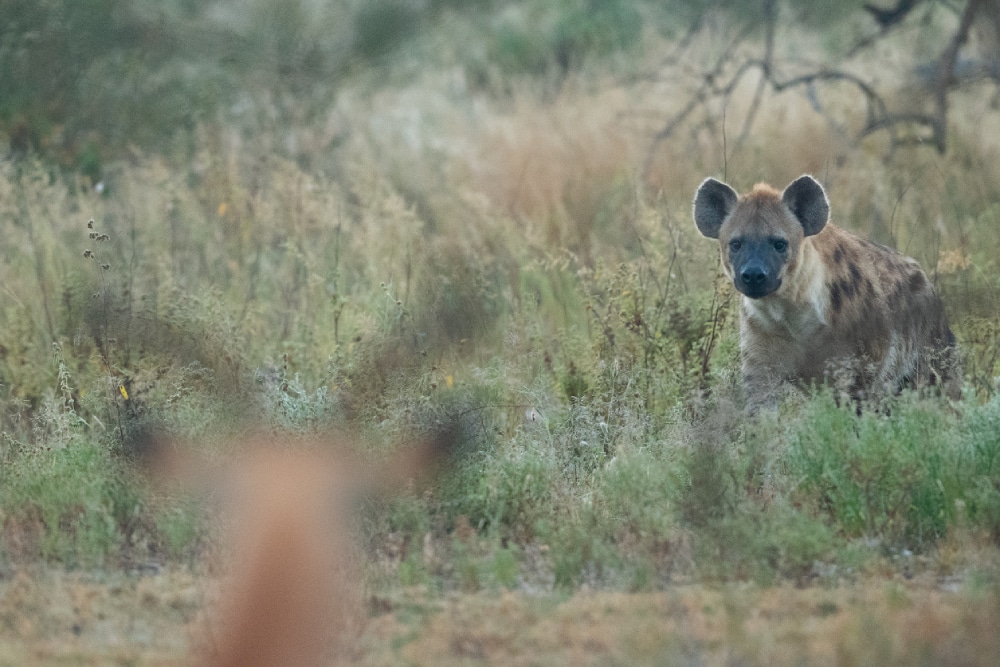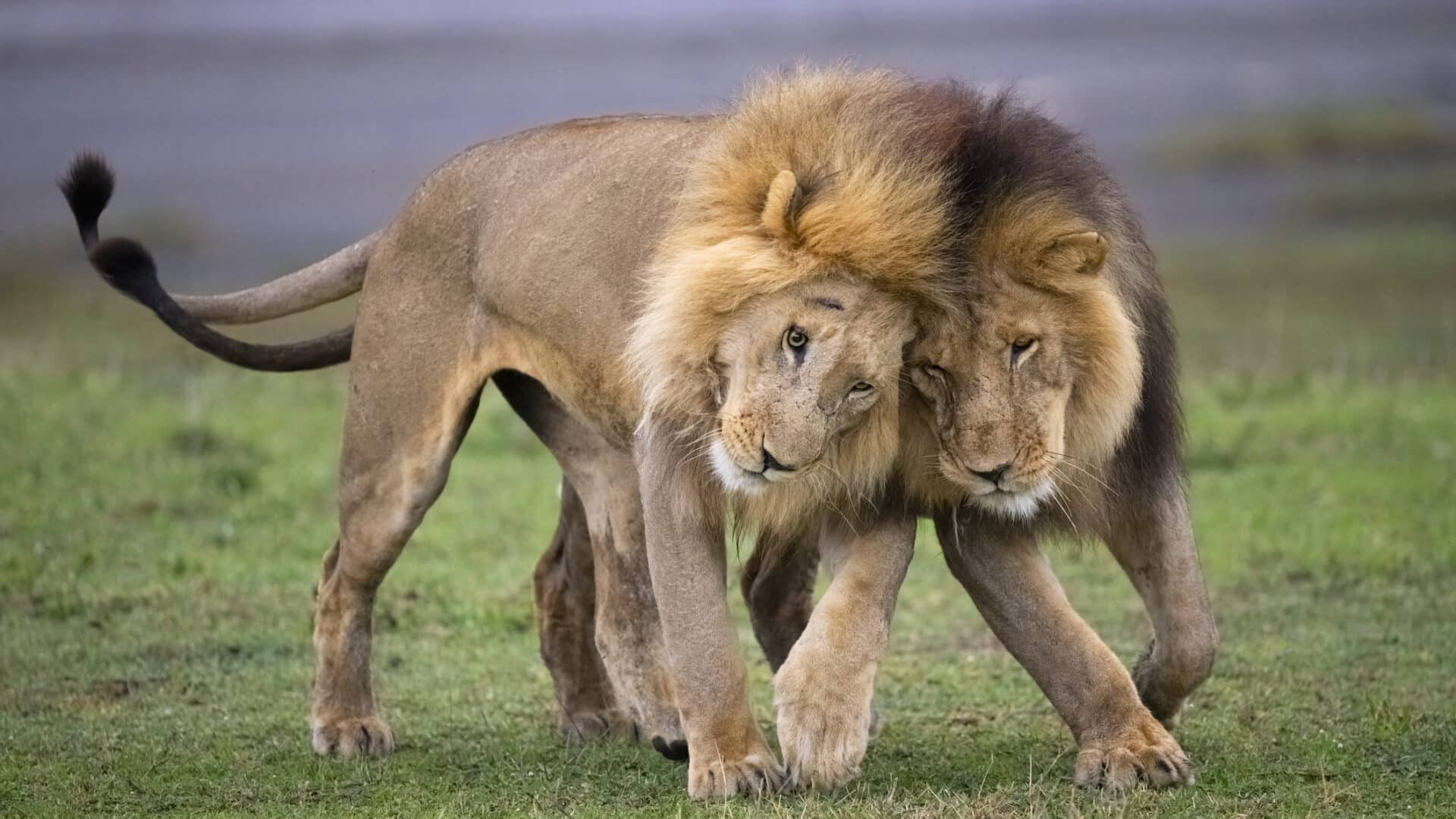
As with January, February is one of the warmest months in this temperate destination, with an average daily maximum of 23°C, but night time temperatures typically drop around 10°C on the crater rim, so be prepared for cool evenings. February is the main cusp month between the so-called short rains and long rains, so rainfall is relatively low (the monthly average is 55m) but the landscape is lush and green. February is also the main calving season for the million-plus wildebeest that congregate in Serengeti-Ngorongoro border area at this time of year, and event that is not only spectacular in itself but that also tends to attract high concentrations of large predators (lion, spotted hyena and cheetah). Birdwatching is excellent to the presence of large numbers of Palaearctic migrants. For those combining a safari with a Kilimanjaro climb, February is one of the best times to tackle the great mountain. The one drawback of visiting in February is that this combination of positive factors attracts a high influx of tourists and corresponding volume of safari vehicles in the crater floor.








 Copy Link
Copy Link
 Share on LinkedIn
Share on LinkedIn
 Share on Facebook
Share on Facebook











